by Elsbeth Bösl & Doris Gutsmiedl-Schümann
This topic was first presented to the Session “(In)visible Women in History of Archaeology” at EAA’s 29th Annual Meeting at Belfast in 2023. We took the audience along to Berlin and introduced them to women who worked in prehistoric archaeology from the 1880s to the early 1930s.
We used an interdisciplinary approach, integrating biographical and history of science perspectives to examine gender dynamics in archaeology’s historical trajectory (with reference to Harders 2020). Our methodology scrutinizes printed materials and archival records, while acknowledging the inherent limitations imposed by the scarcity of such sources. The scope of our investigation encompasses the broad spectrum of archaeological work, covering both amateur and academic realms, diverse professional roles, and engagement across universities, museums, preservation, and science communication. This inclusive approach proves essential in unravelling the contributions of women during the discipline’s formative years.
While we adopt the “women-in-science”-perspective here, our overall objective is to contribute to a gendered history of archaeology. Our focus on collecting data about women serves as a means to challenge the historical male bias pervasive in scholarship. Emphasizing a gendered analysis, we recognize the need for comprehensive information on individuals, transcending gender boundaries, to counteract the prevailing narrative dominated by a few male figures in prehistoric archaeology. By concentrating on the often-overlooked group of women, we remain attuned to other marginalized groups, prompting an intersectional perspective. The study advocates for the inclusion of diverse categories such as gender, class, background, ethnicity, religion, and more in shaping a nuanced understanding of archaeology’s historical landscape.
The rise of prehistoric archaeology and the self-taught independent researchers of the 19th century
In the 19th century, the emergence of prehistoric archaeology in Germany was propelled by the exploration of local finds and sites, leading to the establishment of collections and museums. In post-Napoleonic times this surge was fuelled by political nationalism. It was often amateurs, predominantly from the Protestant educated bourgeois middle class, who promoted the expansion of prehistoric archaeology. The rise of the discipline had a lot to do with the rise of the bourgeoisie as a social class and as actors in the political process. Clubs and societies were founded in an attempt to demonstrate the claim for participation at a time when political participation was rather limited. These enthusiasts engaged in archaeology, anthropology, ethnology, and linguistics, forming a variety of scientific societies for discourse and collaboration (Imeri 2019). Many of them also provided women with diverse opportunities to actively participate in and contribute to the field of archaeology. In the 19th century German prehistoric archaeology was mainly shaped by citizen science.
The city of Berlin played a pivotal role in these developments. As the capital of Prussia and later the Deutsches Reich, Berlin burgeoned into a metropolis with a vibrant cultural and scholarly environment. The city, integral to German university reform, housed numerous museums, collections, libraries, and science clubs, including the Berliner Gesellschaft für Anthropologie, Ethnologie und Urgeschichte (BGAEU), co-founded in 1869 by Rudolf Virchow. Notably, this society embraced female members from its inception. Turning our attention to women in this narrative, Julie Schlemm emerges as one of the amateur experts affiliated with BGAEU.
Julie Schlemm (1850-1944)
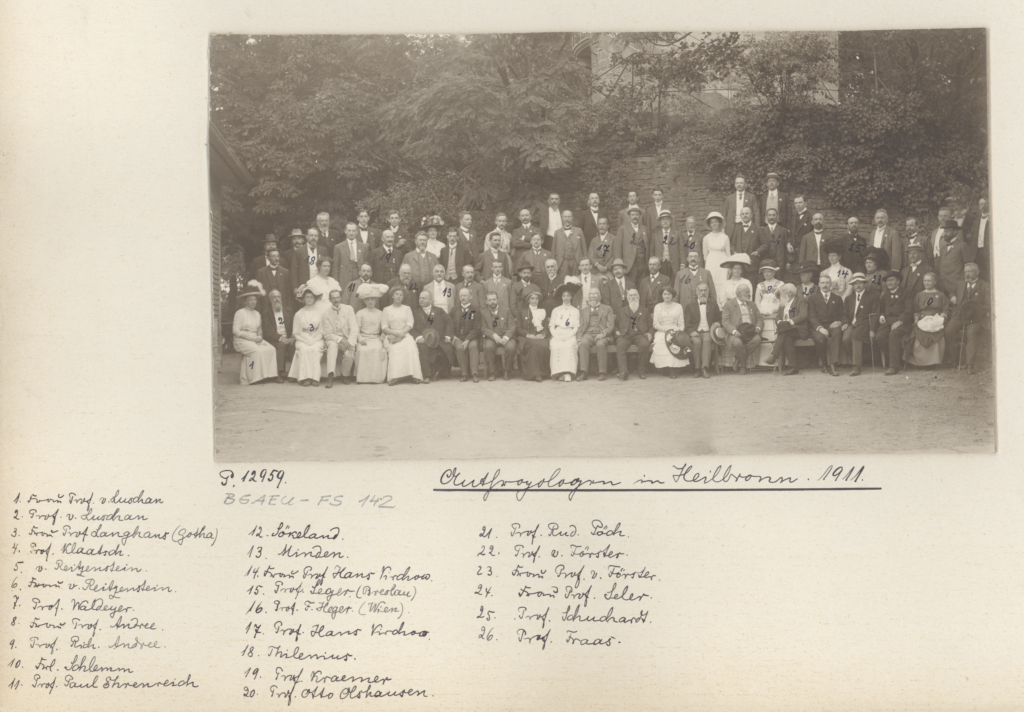
Fig. 1. The photo shows Julie Schlemm in the group picture at the conference of the Anthropological Society in Heilbronn in 1911. Schlemm is marked as No. 10. Source: BGAEU FS 142 Julie Schlemm 1911
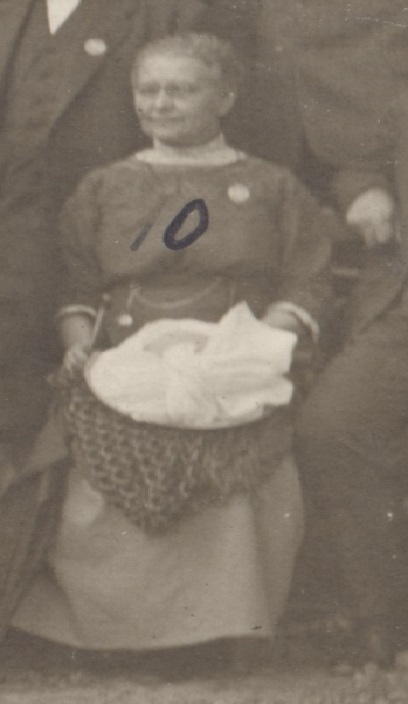
Fig. 2. Detail showing Julia Schlemm in the group picture.
In our review of the BGAEU records, we found Julie Schlemm’s first mention in 1893, when she became a regular member of the society – likely due to her father’s influence (Bösl 2023a). Despite the era’s educational barriers for women, Julie Schlemm, being financially independent, educated herself. Utilizing digital tools, we catalogued her work and connected with scholars, revealing her ongoing scientific impact.
Julie Schlemm’s biography is elusive, with scant archival evidence. Her intellectual approach involved extensive reading, critiques, travel, and photography, rather than fieldwork. She significantly advanced typology, managing the Berlin Museum für Völkerkunde’s typology cards in 1905 and serving on various committees (Imeri 2019; Bösl 2023). In subsequent years, Schlemm authored research articles for the Zeitschrift für Ethnologie solidified her reputation.
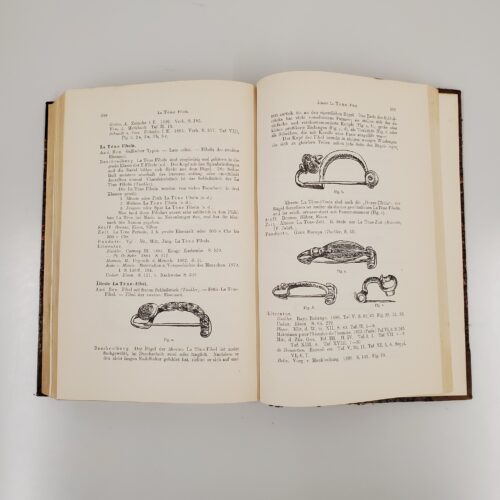
Fig 3. Pages from The Wörterbuch zur Vorgeschichte
Moreover, Julie Schlemm authored the first comprehensive German dictionary of prehistoric archaeology, The Wörterbuch zur Vorgeschichte, a tome of 700 pages with over 2,000 meticulously hand-drawn illustrations (Schlemm 1908). In her era, museums and universities were bursting with fresh discoveries. This prompted a need for reference books. And her’s was the first German comprehensive attempt in this direction.
In the preface, she positioned the handbook as a service to her “fellow sufferers” who, like her, engaged in archaeology out of passion or lacked access to extensive libraries and public collections. Schlemm, assertively, extended her address to professional archaeologists as well (Schlemm 1908, 9). Leaving behind contemporary conventional approaches, she innovatively structured the book strictly by typology and chronology. The handbook received international acclaim (Schmidt 1908; Waldeyer 1908; Seger-Breslau 1908).
The handbook also aids in unravelling the process of her being forgotten. Last documented in 1976 by prehistoric archaeologist Herbert Kühn (1895-1980) within his historical narrative of the discipline in Germany (Kühn 1976), he lauded Schlemm’s book as an outstanding work. However, Schlemm’s legacy faded, with scant references after Kühn 1976. She epitomized women’s passion-driven contributions to archaeology, finding community in Berlin’s science clubs.
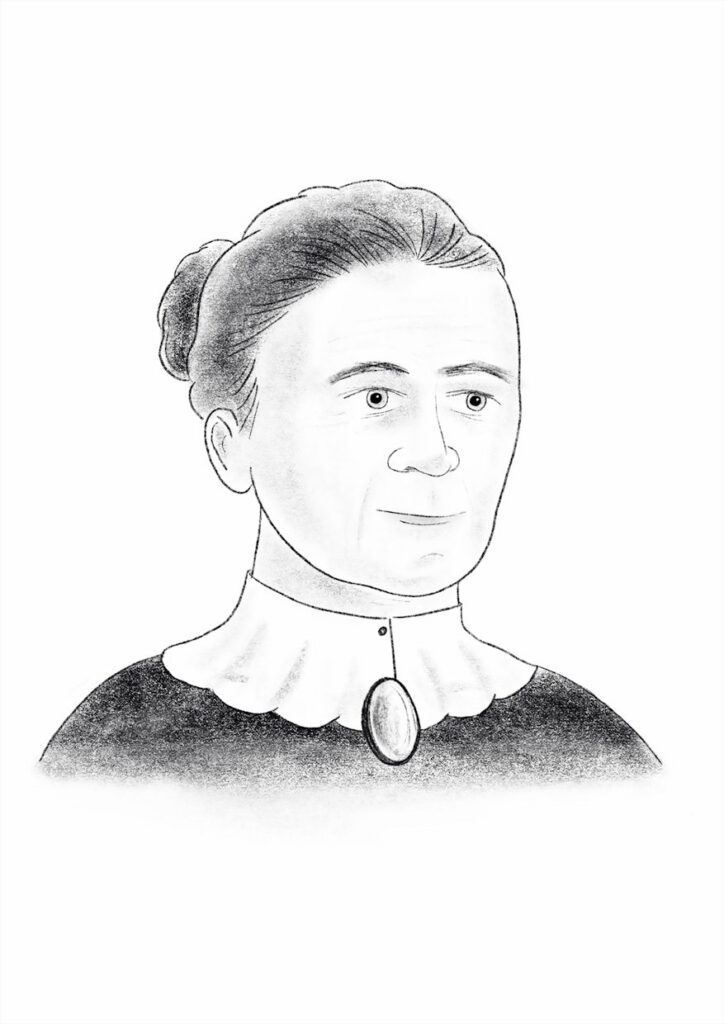
Fig. 4. Julie Schlemm. Portrait drawn by Jens Notroff.
Educated upper-middle-class women found socially and morally acceptable spaces to pursue scientific interests, placing their research at the forefront despite limited formal education and lacking degrees, significantly contributing to the discipline’s development (Imeri 2019). Translating was one such important contribution.
Margarete Lehmann-Filhès (1852–1911)
Margarete Lehmann-Filhès (1852–1911) was a pivotal translator in the late 19th and early 20th centuries, notably advancing early prehistorical research (Gutsmiedl-Schümann/Koch/Bösl 2023). Her expertise in translating Icelandic archaeological and ethnological texts enriched the BGAEU meetings and her work was frequently published. Margarete Lehmann-Filhès’ research spanned ethnoarchaeology, experimental archaeology, and ethnology, with a notable focus on board-weaving, leading to her acclaimed 1901 study (Lehmann-Filhès 1901).
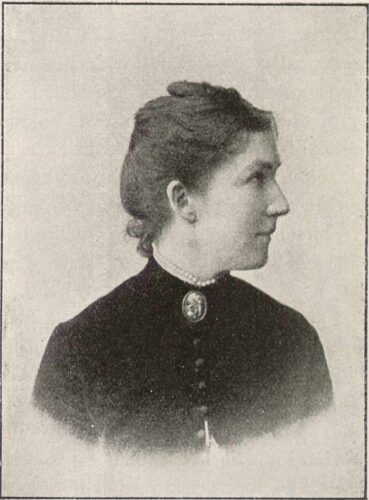
Fig. 5. Margarete Lehmann-Filhés as a young woman. Source: Þorvaldur Thoroddsen: Margarete Lehmann-Filhés, Eimreiðin, 18 (1912), 103-106, 103.
Similar to Julie Schlemm, Margarete Lehmann-Filhès’ biography was challenging to uncover, with scant information available from archives (Bösl 2023b). Nonetheless, through the proliferation of retro-digitized collections, we accessed a posthumous obituary in the Icelandic cultural journal Eimreiðin (Thoroddsen 1912), shedding light on her background. Born and raised in Berlin, she hailed from a family with an academic inclination, her mother Bertha Filhés being a writer and her father a philology professor. She was educated at a girls’ school with private training in the natural sciences, and she autonomously selected her academic interests, focusing on ancient and modern languages, northern folklore, and history. Self-taught in Icelandic language, she initiated research on Icelandic history, advocating for its translation into German to benefit scholars. The BGAEU routinely published her translations and digests.
This highlights the favourable conditions for women in the discipline’s early formation, characterized by a blurred line between scholarly and amateur research. Although few in number and often excluded from leadership positions, women made significant contributions to the field.
Biography
Elsbeth Bösl is a research associate at the University of the Armed Forces in Munich. She holds a Ph.D. in Contemporary History and specializes in the History of Science and Technology, Disability History, and Gender History. She is currently working on early female archaeologists in the project “Akteurinnen archäologischer Forschung zwischen Geistes- und Naturwissenschaften: Im Feld, im Labor, am Schreibtisch (AktArcha)”, funded by the by the German Federal Ministry of Education and Research.
Doris Gutsmiedl-Schümann is research associate at the University of the Armed Forces in Munich and Privatdozent at the Institute of Prehistoric Archaeology, Freie Universität Berlin. She holds a doctorate in prehistoric archaeology from the University of Bonn and a master’s degree in Higher Education from the University of Hamburg. She is also working in the “AktArcha”-project on early female archaeologists.
Bibliography
Bösl, Elsbeth (2023a), Julie Schlemm, in AktArcha – Akteurinnen archäologischer Forschung und ihre Geschichte(n), 9.2.2023, URL:https://aktarcha.hypotheses.org/1306 [accessed 1 July 2024].
Bösl, Elsbeth (2023b), Margarethe Lehmann-Filhés (1.9.1852– 17.8.1911), AktArcha – Akteurinnen archäologischer Forschung und ihre Geschichte(n), 2.2.2023, https://aktarcha.hypotheses.org/1279 [accessed 1 July 2024].
Gutsmiedl-Schümann, Doris & Koch, Julia Katharina & Bösl, Elsbeth (2023), ‘Women’s Contributions to Archaeology in Germany Since the Nineteenth Century’, in: Sandra L. López Varela (Hrsg.) (eds.), Women in Archaeology. Intersectionalities in Practice Worldwide, New York, pp. 283–307.
Harders, Levke (2020), Historische Biografieforschung (Version 1.0), in Docupedia-Zeitgeschichte: Begriffe, Methoden und Debatten der zeithistorischen Forschung, Potsdam: Leibniz-Zentrum für Zeithistorische Forschung: https://docupedia.de/zg/Harders_historische_Biografieforschung_v1_de_2020.
Imeri, Sabine (2019), Wissenschaft in Netzwerken. Volkskundliche Arbeit in Berlin um 1900, Berlin.
Kühn, Herbert (1976), Geschichte der Vorgeschichtsforschung, Berlin.
Lehmann-Filhés, Margarete (1901), Über Brettchenweberei, Berlin: Reimer.
Schlemm, Julie (1908), Wörterbuch zur Vorgeschichte. Ein Hilfsmittel beim Studium vorgeschichtlicher Altertümer von der Paläolithischen Zeit bis zum Anfange der Provinzial-Römischen Kultur, Berlin.
Schmidt, Hubert (1908), ‘Rezension zu: Wörterbuch zur Vorgeschichte. Ein Hilfsmittel beim Studium vorgeschichtlicher Altertümer von der paläolithischen Zeit bis zum Anfange der provinzial-römischen Kultur’, Zeitschrift für Ethnologie, 40 / H. 3: 471-473.
Seger-Breslau, H. (1908), ‘Besprechung von Julie Schlemm: Wörterbuch zur Vorgeschichte’, Zentralblatt für Anthropologie 13: 223–225.
Thoroddsen, Porvaldur (1912), Margarete Lehmann-Filhés, Eimreiðin, 18 / 1.5.1912: 103-106.
Waldeyer, Heinrich Wilhelm Gottfried (1908) , Wörterbuch zur Vorgeschichte, Anatomischer Anzeiger, 9/10: 270.
This post is part of a series in which speakers of the session “(In)Visbile Women in History of Archaeology” of the Annual Meeting of the European Association of Archaeologists 2023 publish their presentations. The posts will be published simultaneously in German and English. The German version of this post can be found on the blog of the project AktArcha at https://aktarcha.hypotheses.org/6617.